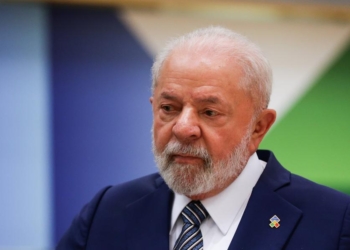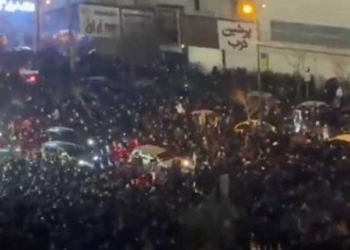Naypyidaw: China likes to showcase the Chengdu J-20 as proof that the People’s Liberation Army (PLA) now has a world-class, fifth-generation stealth fighter. However, when considering the core measures that are important in high-end air combat – mature engines, true low observability, avionics/sensor fusion, sustainment and operational doctrine — the J-20 demonstrates structural weaknesses in China’s aerospace sector and in the PLA’s efforts to modernise it, a report has revealed.
“In appearance it is impressive: a large, long-range twin-engine aircraft with a canard-like planform and internal weapon bays. But a sober look at technical evidence, operational patterns and open-source reporting shows the J-20 is a political and industrial achievement more than a battlefield game-changer. When judged on the core measures that matter in high-end air combat — mature engines, true low observability, avionics/sensor fusion, sustainment and operational doctrine — the J-20 exposes structural weaknesses in China’s aerospace sector and in the PLA’s rush to modernise,” Myanmar-based Mizzima reported.
A modern fifth-generation fighter requires an engine that delivers not only thrust but sustained reliability, thermal management and low maintenance demands. China’s struggle to make such an engine is the J-20’s most glaring technical Achilles’ heel. Early J-20s used Russian AL-31 derivatives or Chinese WS-10 variants, Beijing’s domestically developed WS-15 — marketed as the “answer” — has faced numerous delays, concerns over durability and reports of premature wear during endurance tests.
The opinion of people regarding the WS-15-equipped J-20 first developed slowly, and open-source analysts and defence reporting continue to flag uncertainty about how many actual number of operational J-20s using advanced domestic engines compared to inferior substitutes, the report mentioned. These engine problems directly place restrictions on uninterrupted supersonic flights, reduced mission rates, higher maintenance demands, and a vulnerability during extended high-intensity engagements.
Analysts have repeatedly stressed that the J-20’s larger airframe compared to F-22/F-35 family designs and its external shaping produce a bigger Radar Cross-Section (RCS) in key features than Western counterparts. Furthermore, PLA deployments and publicised flyovers and accidental imagery leaked to observers have given opponents sufficient baseline data to enhance counter-stealth sensors. In other words, China’s haste to ‘prove’ the platform publicly has reduced the confidentiality that helps true stealth aircraft to maintain an element of surprise. For high-end penetration missions where milliseconds of advantage matter, a greater RCS and predictability of disposition lower the claimed advantages of J-20.
“Open-source reporting and Western technical assessments suggest that while the J-20’s sensors are improving, China still lags in fully mature, resilient sensor fusion, networked data integration, and electronic warfare resilience that are battle-proven. Effective sensor fusion requires long experience, a robust software development ecosystem, hardened supply chains and plentiful flight hours across complex scenarios — all areas where China is accelerating but has not yet demonstrated parity with US programs that benefited from decades of iterative combat testing and coalition data sharing. The result: the J-20’s situational awareness and contested-electromagnetic-spectrum performance may be less reliable in the fog of real combat than PR messaging implies,” Sun Lee, a pseudonym of a writer who covers Asia and geopolitical affairs, wrote in the Mizzima report.
(IANS)

















